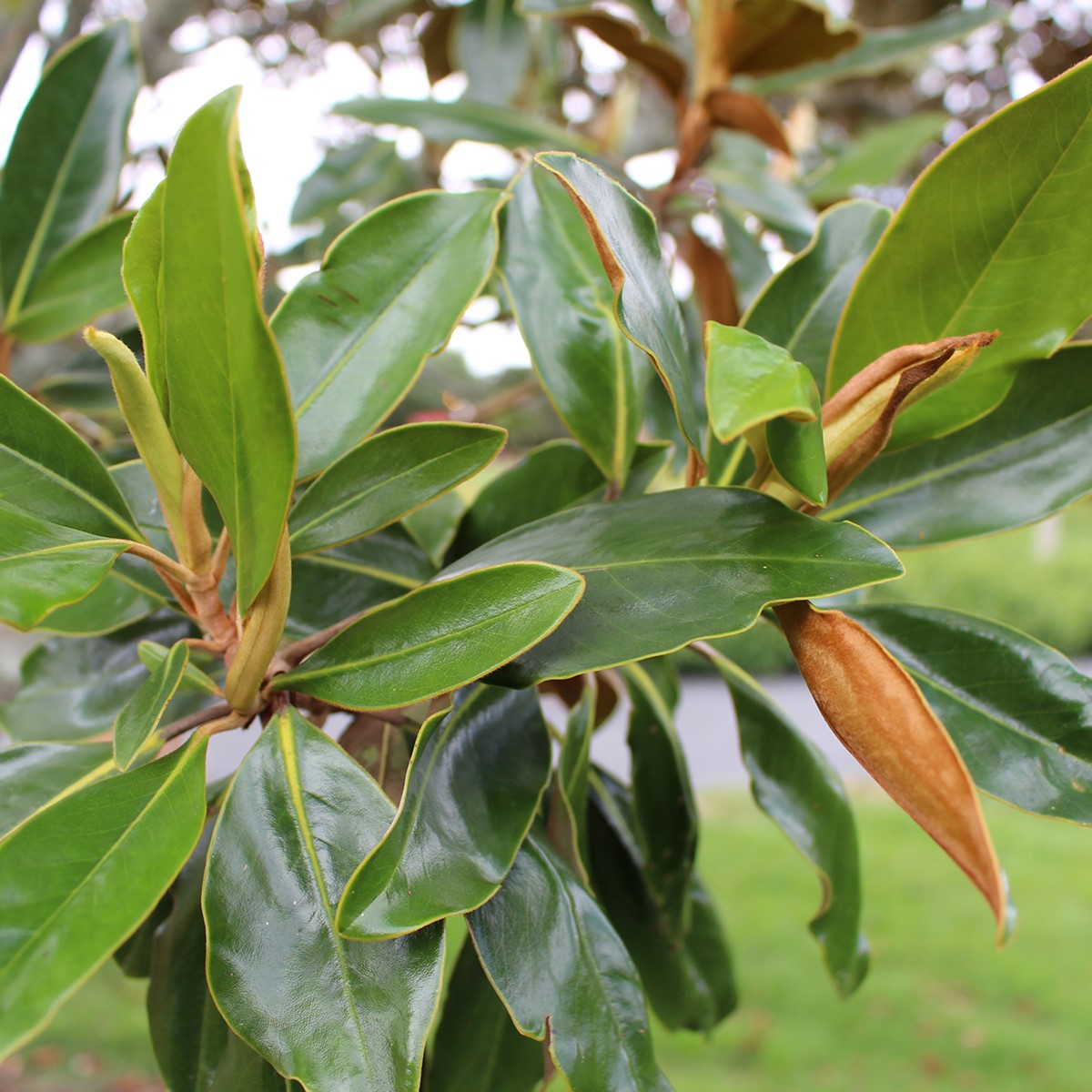Physical characteristics
A vigorous
Flowers and foliage
Solitary flowers up to 10 cm across with
Preferred site
Prefers
Preparation for planting
Always choose healthy well-grown
Planting success is often improved on clay soils by adding extra topsoil and forming raised beds. Incorporate coarse sand, bark, peat, compost or other organic material to improve soil structure. Planting after autumn rains when the soil is moist and warm allows
Maintenance tips
Apply mulch
Pruning is necessary to keep the vines within bounds, to make harvest easier and to keep the
Mulching helps conserve moisture and suppress weeds. Organic materials such as sawdust and bark contribute to soil structure as they decompose. Keep mulching material away from plant stems.
Ecological and biodiversity benefits
The flowers are hermaphrodite (have both male and female organs) and are pollinated by bees.
Pests and diseases
Passion vine
Location at Auckland Botanic Gardens
Edible Garden


.jpg?anchor=center&mode=crop&width=1200&height=800&rnd=132074196529230000)
.jpg)
.jpg?anchor=center&mode=crop&width=1200&height=1200&rnd=131732822304530000)

.jpg?anchor=center&mode=crop&width=1200&height=1200&rnd=132106949760530000)
 .jpg?anchor=center&mode=crop&width=1200&height=1200&rnd=131732822977030000)